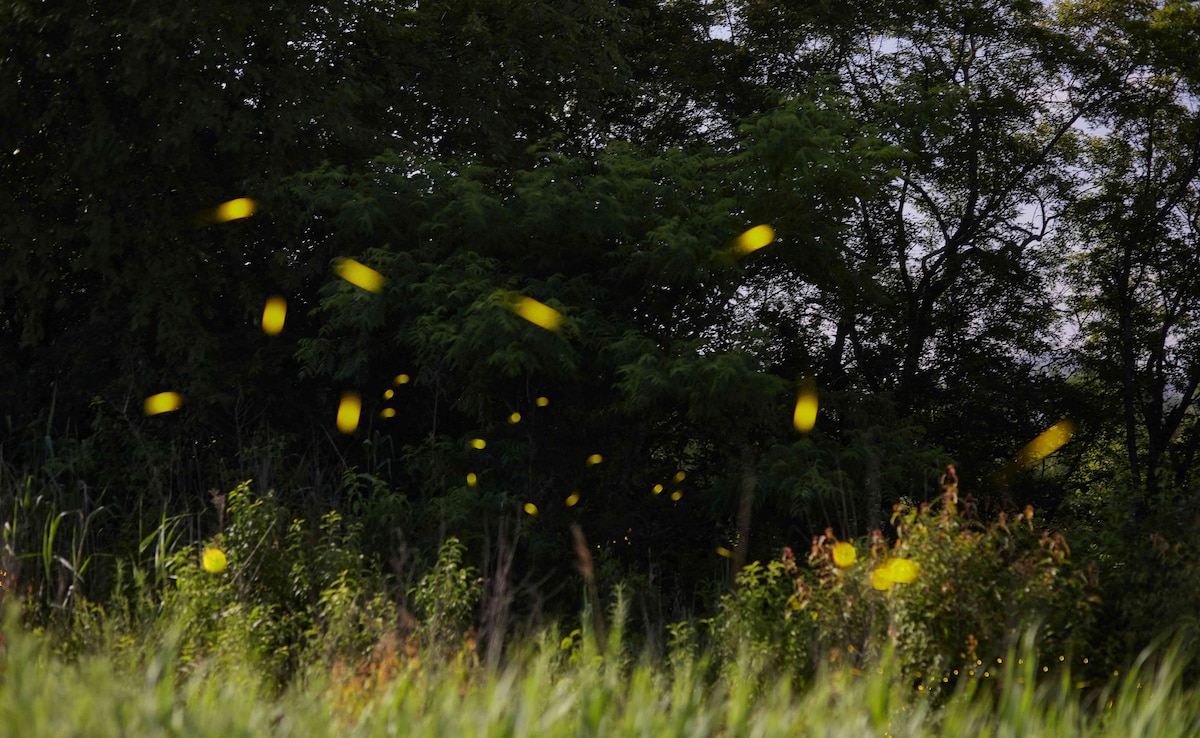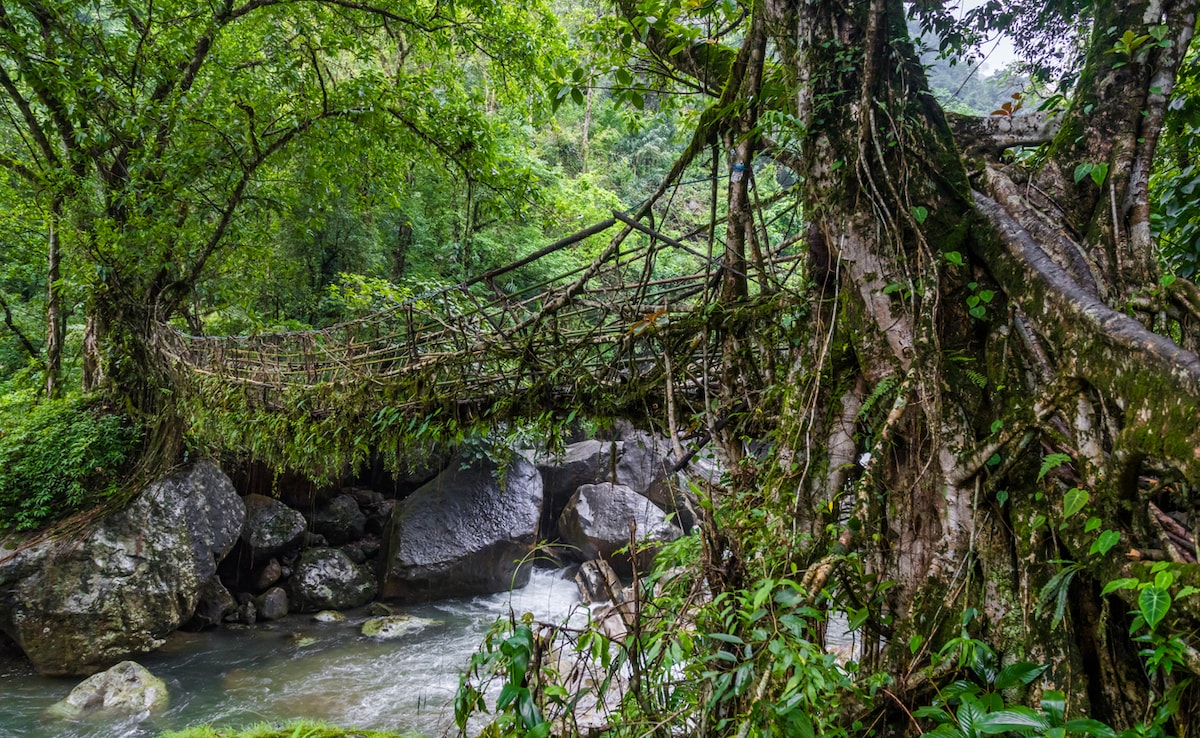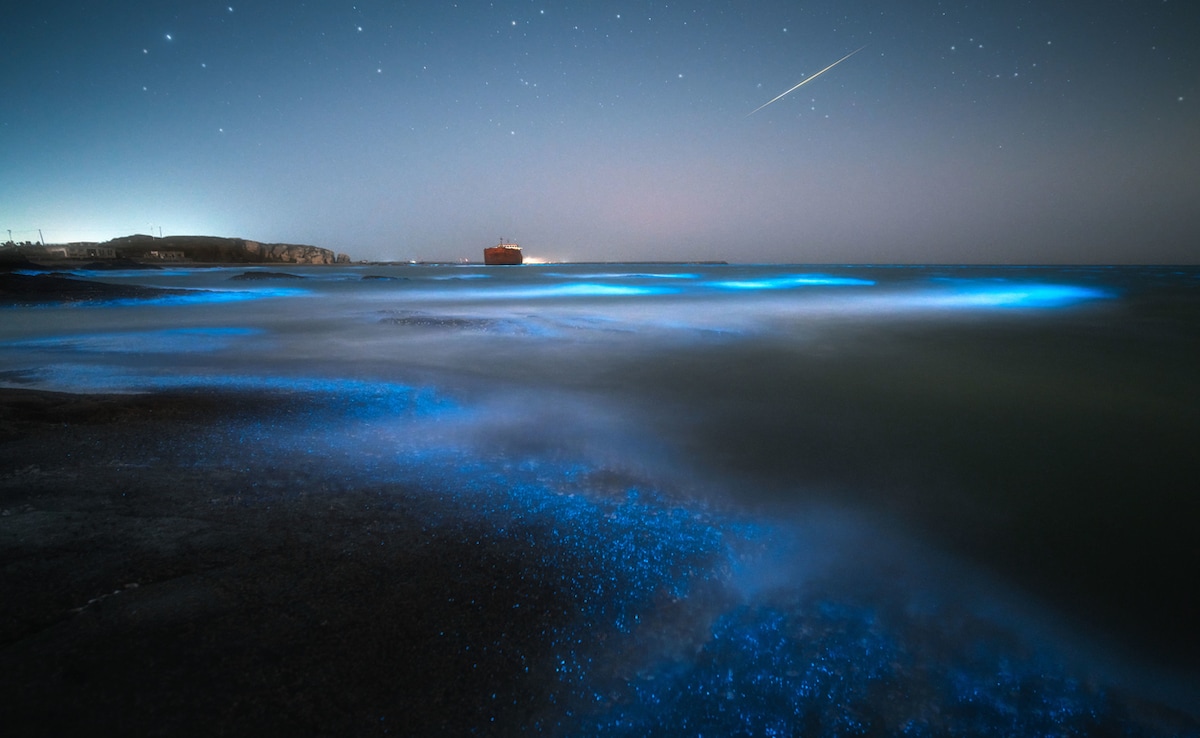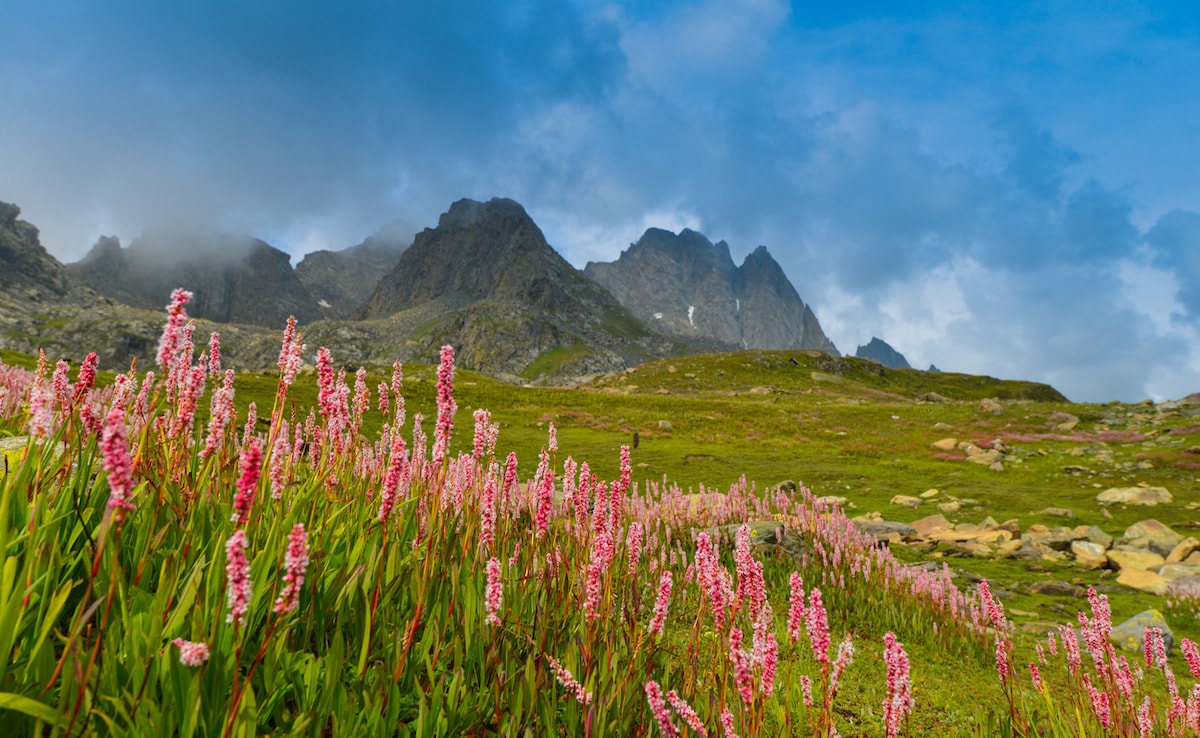
The monsoon might soak your holiday plans, but for those in the know, it's when nature puts on its most breathtaking show. Think waterfalls roaring back to life overnight, firefly-lit forests twinkling like fairy lights, and misty valleys bursting into bloom. Far from being a season to avoid, the rains transform landscapes into living, breathing spectacles you can't see any other time of year. It's messy, muddy, and often unpredictable — but that's exactly what makes it magical. So, instead of chasing sun-soaked beaches, why not follow the rainclouds this year? You'll discover nature at its dramatic, rain-drenched best.
Also Read: 5 Breathtaking Beaches To Explore In Konkan This Monsoon
Here Are 7 Amazing Experiences You Can Only Witness In Monsoon:
1. Watch Forests Sparkle With Fireflies In Maharashtra

Photo: Unsplash
Before the heavy rains settle in, the forests of Maharashtra flicker to life with millions of fireflies. Tiny villages like Purushwadi and Samrad near Bhandardara become surreal, blinking wonderlands in May and June, just as the first showers kiss the earth. Locals host 'firefly festivals' where you can stay in cosy homestays and watch entire trees light up like fairy lights. The catch? It only lasts for a few weeks before the rains hit full force — so it's a blink-and-you'll-miss-it moment.
2. See Dudhsagar Falls Turn Into A Thundering Giant
Come monsoon, the otherwise calm Dudhsagar Falls transforms into a four-tiered giant crashing down the Western Ghats. Translating to 'Sea of Milk', the falls swell dramatically during peak rains from June to September. The surrounding jungle turns emerald, mist hangs in the air, and the railway bridge slicing across the cascade feels straight out of a movie scene (which it is — thank Bollywood). A word to the wise: the trail can be slippery, so pack sturdy shoes.
3. Cross Living Root Bridges In Rain-Drenched Meghalaya

Photo: iStock
In Meghalaya, where it rains more than anywhere else in India, monsoon is when the famous living root bridges look their best. These bridges, woven from the aerial roots of rubber fig trees, come alive under the rain — glistening, greener and sturdier than ever. Trek to the iconic double-decker bridge in Nongriat or hunt down the quieter ones hidden deep in Cherrapunji's misty trails. It's wet, it's muddy, but it's worth every slip.
4. Stroll Along Bioluminescent Shores In Lakshadweep

Photo: iStock
You don't need to fly to the Maldives to see glowing shores — India has its own slice of magic in Lakshadweep. On islands like Bangaram and Kadmat, the sea sometimes shimmers neon blue at night when bioluminescent plankton drifts close to shore. The phenomenon is rare and unpredictable, but more likely during the monsoon months when the waters are alive with microscopic life. Wade in gently and watch your footprints light up — no filter needed. Just remember: it's pure luck and timing, but that's what makes it special.
5. Feel The Roar Of Athirapally Falls In Kerala
When Kerala's monsoon arrives, Athirapally Falls in Thrissur district goes from pretty stream to thunderous giant. At 80 feet high and 330 feet wide, it's the largest waterfall in Kerala and often called the 'Niagara of India'. Surrounded by thick rainforest, the falls thunder down into the Chalakudy River, creating clouds of spray and rainbows if you're lucky. July to September is peak flow — just remember to keep a safe distance, the rocks get slick and sneaky.
6. Walk Through A Wildflower Wonderland In Uttarakhand

Photo: iStock
High up in the Himalayas, a hidden meadow wakes up every monsoon. From late July to August, the Valley of Flowers National Park bursts into a riot of alpine blooms think blue poppies, orchids, and primulas carpeting the valley floor. Trekking here is tricky thanks to slippery paths and unpredictable weather, but the sight of this UNESCO-listed valley drenched in mist and colour feels otherworldly. And yes, the name really doesn't do it justice.
Also Read: Travelling During Monsoon? 7 Ways To Avoid Food Poisoning
7. Wander Kaas Plateau's Blooming Carpet Of Colour
Nicknamed the 'Plateau of Flowers', Kaas comes alive just after the monsoon begins to retreat. Located near Satara in Maharashtra, this UNESCO World Heritage site turns into a pastel quilt of wildflowers from late August to early October. Tiny carpets of pink balsams, yellow smithias and purple karvanda bushes cover the rolling hills. Unlike the Himalayan trek, Kaas is easy to reach — but weekends can get crowded, so aim for a weekday wander if you want a quieter walk among the blooms.
Track Latest News Live on NDTV.com and get news updates from India and around the world

